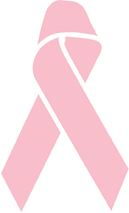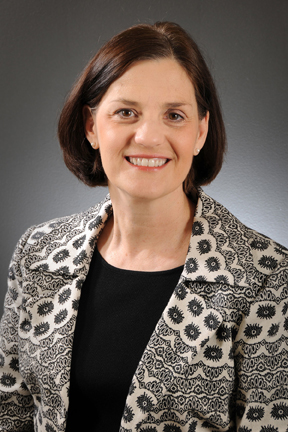Facts/Resources About Breast Cancer
Posted on September 30, 2013 by bob in Health, In Every Life
 During October, we’re reminded that breast cancer is the second most common cancer among American women, following non-melanoma skin cancer. Risks for breast cancer increase with age. The U. S. Centers for Disease Control and Prevention (CDC) estimates that 3 or 4 of every 100 sixty-year-old women will develop breast cancer in the next 10 years, while 6 to 7 of these sixty-year-olds will develop breast cancer in the next 20 years, and recommends mammography screening every one to two years (see Resources – Statistics).
During October, we’re reminded that breast cancer is the second most common cancer among American women, following non-melanoma skin cancer. Risks for breast cancer increase with age. The U. S. Centers for Disease Control and Prevention (CDC) estimates that 3 or 4 of every 100 sixty-year-old women will develop breast cancer in the next 10 years, while 6 to 7 of these sixty-year-olds will develop breast cancer in the next 20 years, and recommends mammography screening every one to two years (see Resources – Statistics).
Additionally, in April of this year, the CDC’s Advisory Committee on Breast Cancer in Young Women recommended U.S. Health and Human Services target information to young women at elevated risk. Factors in the elevated risk category include: hereditary susceptibility, biopsy-proven breast tissue changes, history of chest wall radiation during adolescence or early adulthood. Factors in the higher-than-average risk category include Ashkenazi descent or dense breast tissue as identified by a breast radiologist using mammography.
While self-examinations may be helpful in identifying changes in breast tissue, mammography as a screening tool for breast cancer reveals smaller changes in tissue, enabling earlier treatment. Mammography screening rates in the U.S. have remained stable over the past decade, although screening rates are lower for some population groups. However, since 1991, the CDC’s National Breast and Cervical Cancer Early Detection Program has provided assistance to uninsured and underinsured women between the ages of 40 to 64 years who met federally established eligibility guidelines, with a priority for breast cancer screening for older women. Discuss this option with your healthcare provider if you believe you may meet the eligibility criteria (Resources – Eligibility).
Collaboration with healthcare providers enables combining medical information with personal values to make decisions about tests, medications, surgeries and treatments. The Agency for Healthcare Research and Quality reports higher levels of satisfaction with early identification of breast changes at all ages combined with shared decision-making regarding treatment. Ask healthcare providers to discuss potential benefits, risks, and cost of each option and compare to your personal needs and wants.
Assuming personal responsibility for health is the starting point. The CDC supports breast cancer surveillance and research, and provides a website for personal risk factor evaluation (Resources – Risk). Some risk factors cannot be changed (such as genetics, age, past history). Others, however, can be changed such as weight, exercise, smoking, alcohol consumption, breast-feeding, and some decisions regarding medication or treatments. A pro-active health approach involves talking to your family, collaborating with your healthcare provider, breastfeeding your baby, regular exercise, avoiding smoking, and minimal alcohol consumption.
Resources:
Statistics: http://www.cdc.gov/cancer/breast/statistics/age.htm
Eligibility: http://www.cdc.gov/cancer/nbccedp/
Risks: http://www.cdc.gov/cancer/breast/basic_info/infographic.htm
General Information E-Mail: cdcinfo@cdc.gov/
Arlene H. Morris, EdD, RN, CNE is Professor of Nursing, Auburn Montgomery School of Nursing. Reach her at amorris@aum.edu.










